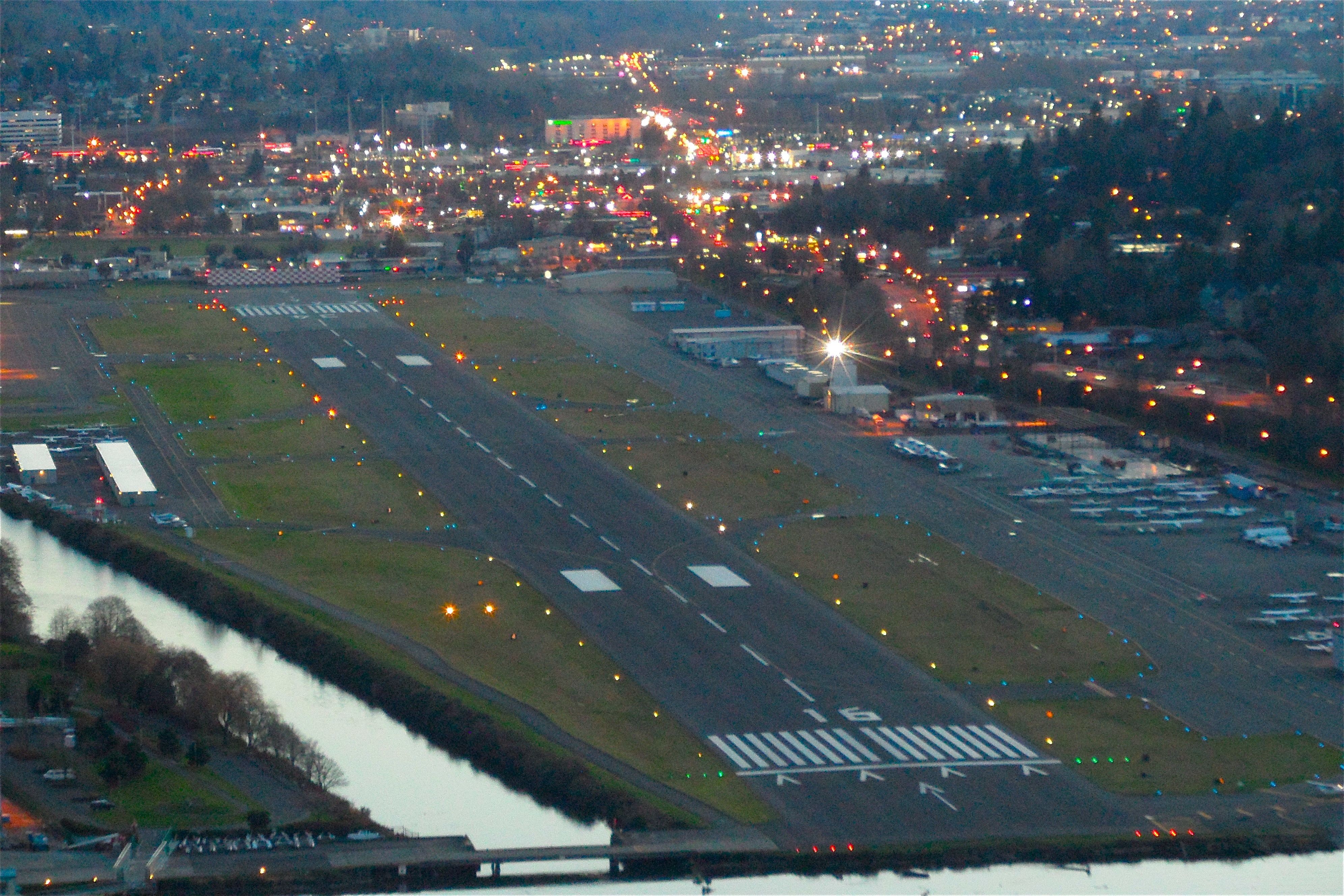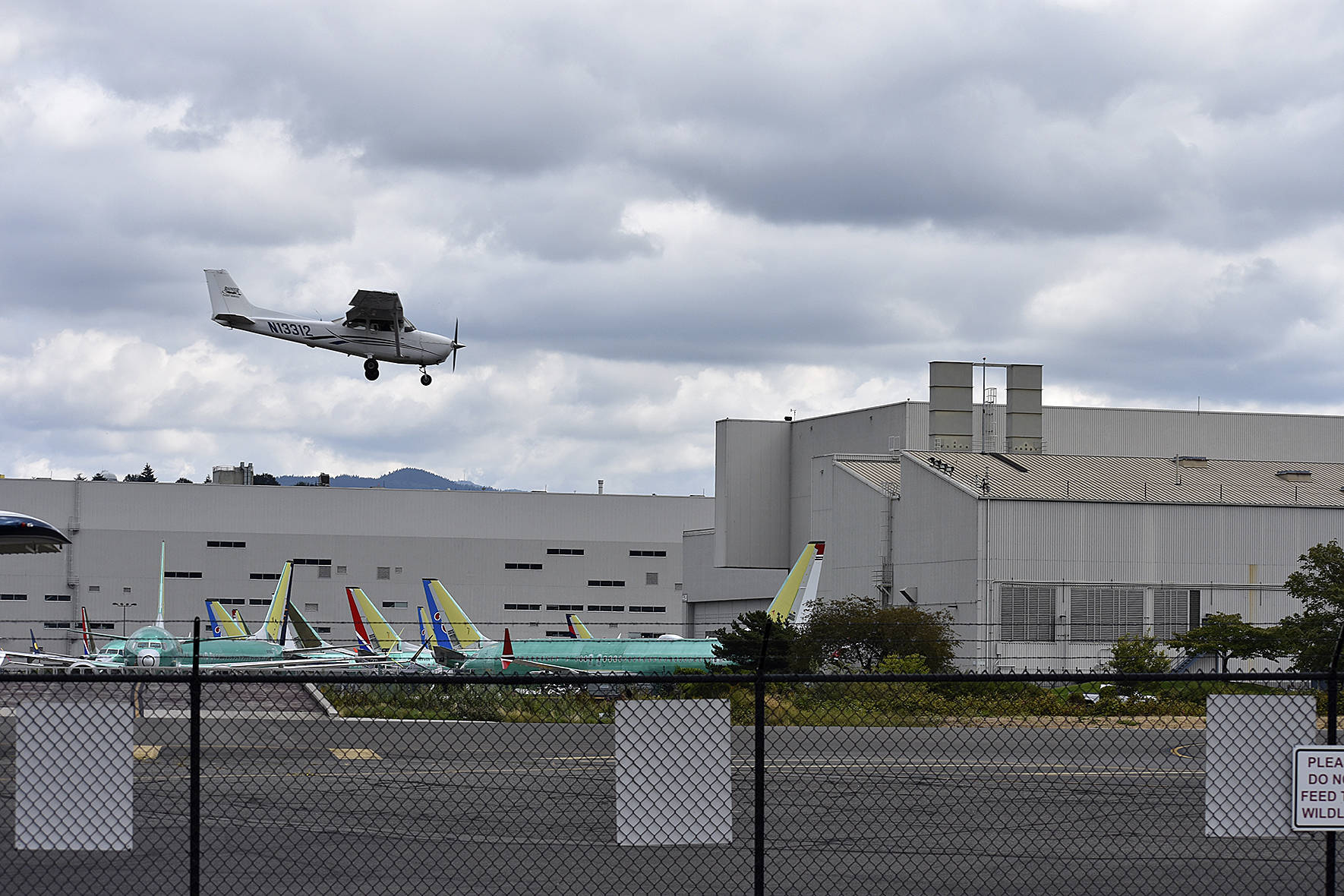OAKLAND, Dec. 28, 2001 — Oakland International Airport repaved its 10,000-foot main runway in 126 hours this year — believed to be the fastest runway repaving in history. The hardest... Read More

www.oaklandairport.com
Although Oakland’s North Field has two runways certified for air carriers, they traditionally use the 10,000-foot Runway 11/29 at the airport’s South Field, adjacent to the passenger terminals. Using the North Field for take-offs was troublesome, as some homes are as close as 1,500 feet to the runway. In addition, only a single taxiway links the two fields, meaning that ground congestion would have resulted if the North Field runways had been used for both take-offs and landings.
Also, the North Field’s runway 9R/27L is 6,250 feet in length which is not sufficient for the larger air cargo aircraft. Nor was it practical to use the temporary runway at South Field for both landings and takeoffs. Because there was no parallel taxiway, incoming planes would have had to backtaxi to reach the terminal, also creating ground congestion.
The airport, FedEx’s regional hub, also has significant cargo traffic at night, making overnight closures of the runway impractical.
Long before the August work could start, there were four separate projects, including creating the temporary runway, to be completed on schedule. Otherwise the date could have slipped into fall, with added delays from fog and rain, said Frank Lobedan, the Port of Oakland’s engineering project manager.
Not only was the preliminary work finished on schedule, but there were no major glitches during the repaving. "Our biggest concern was that we were moving so quickly that the materials might not meet specifications, and we would have to tear out part of the overlay and redo it," Lobedan said. "Fortunately, the quality control was just as on target as the rest of the project."
Another concern was flight delays, as it took aircraft an extra five to seven minutes to taxi the one mile from the North Field runway used by incoming planes. Thanks to careful planning and faster turnaround times by the airlines, no flight delays were reported.
** ** ** **
Making the project more palatable to neighbors was another key reason for the temporary runway, which meant departing commercial aircraft could fly over San Francisco Bay instead of over homes during construction.
Consideration for neighbors also was a reason for the August date, as schools in the flight path for incoming traffic would not be in session. Work started on a Friday, as the airport has the fewest cargo flights over the weekend.
Incoming aircraft used a flight pattern over part of the nearby City of San Leandro, where residents received offers of discount airline tickets and free tickets to their choice of 10 area attractions to thank them for their cooperation. Approximately 600 discount airline tickets were issued, and about 8,500 tickets to area attractions were distributed.
Homebound San Leandro residents were offered temporary relocation to health care facilities if the flight pattern changes were likely to impact their health. Although a number of residents inquired about this, none signed up for the program.





